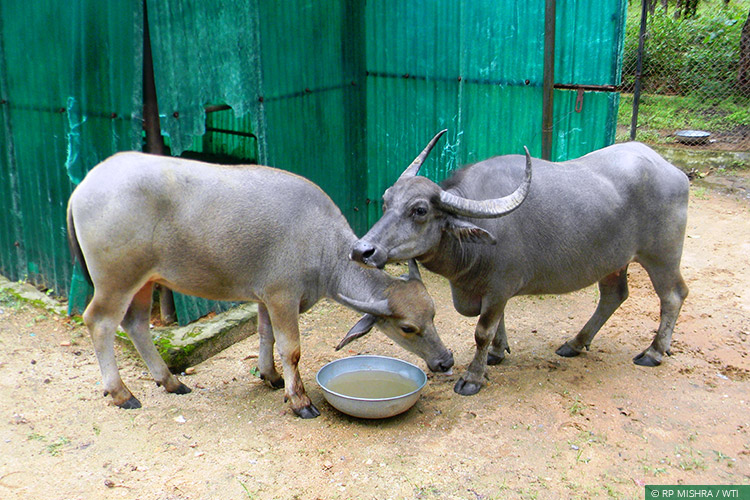New Delhi: With an aim to protect the endangered wild buffalo (Bubalus arnee) from extinction, the Chattisgarh government has come to an understanding with the Government of Assam to translocate female wild buffalo to central India.
"Both Assam and Chhattisgarh Government have come to the understanding according to which female wild buffalo from Assam will be translocated in Chattisgarh," said Samir Kr Sinha, deputy director and division head, Wildlife Trust of India (WTI) on Wednesday in an exclusive interview to ETV Bharat.He said that the government of India has also given go-ahead for the initiative. The development assumed much significance following the fact that the wild buffalo population in central India is gravely threatened.Following an agreement with the Chhattisgarh government, the WTI had started protecting the of wild buffaloes way back in 2005-06.

In the northeast, the number of wild buffaloes would be around 3500 which constitutes the largest population aggregate within the Indian landscape.
"Through CCMB, we did the genetic test of wild buffaloes of Northeast and Chattisgarh to ascertain the similarities," said Sinha.
"Political awareness in Chattisgarh over wild buffalo is very encouraging," said Sinha.
READ: 'Meenakshi Lekhi Kabhi Nahi Dekhi' echoing in New Delhi: Alleges rival AAP candidate



